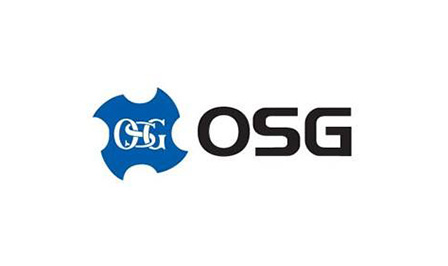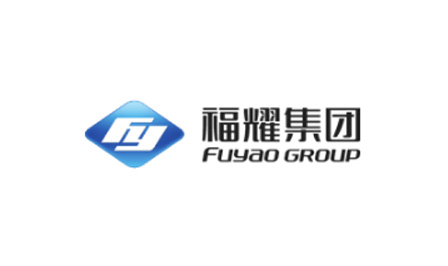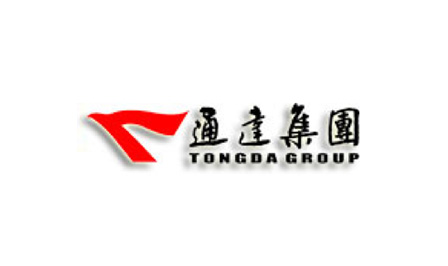Step 1: demand and problem investigation
Objective: to master the basic organizational structure, post responsibilities, workflow, etc. of the enterprise; functional requirements of main modules; approval and flow process of enterprise data and documents; further confirm the existing problems of the enterprise and the main objectives of project implementation; preliminarily grasp the difficulty and feasibility of the project;
Principles and skills: listen to all aspects of the opinions; especially the backbone and front-line personnel; pay attention to informal research methods such as chatting; pay attention to listening to complaints; pay attention to the inspection and reference of enterprise quality procedure documents.
Quality requirements: form investigation report.
Enterprise cooperation requirements: senior management and all departments shall actively cooperate with Fang Tian's consultants to provide information and jointly find problems. All departments and senior managers shall complete written reports related to the investigation.
Step 2: solutions and project teams
Objective: to propose the overall solution of the project; to make the master plan of the project; to fully communicate with the senior management of the enterprise and obtain support.
Principles and skills: the scheme must have better solutions to the problems of the enterprise; the difficulties of the project must be fully estimated and communicated with the enterprise; the design of the project objectives. The stability and training level of project team members should be paid attention to at the beginning.
Content and key points: provide customers with a complete solution, and determine the scope of work, tasks, achievements, milestones, project plans, project organizational structure and personnel responsibilities for customers. The second development plan should be considered carefully, and the formal launching ceremony based on the investigation can help to show the professionalism and pertinence of the implementation team.
Quality requirements: Program report; establishment of project team; senior training; project plan; implementation report of key measures.
Enterprise cooperation requirements: the senior management of the enterprise shall participate in the discussion of the activity plan. The report on the implementation of key measures has been approved by the senior management; for the difficulties of the project and the manpower, capital and time resources needed, the enterprise must put forward the implementation plan.
Step 3: Enterprise Management Optimization
Objective: to standardize the enterprise management process and lay the foundation for the project implementation.
Principles and skills: grasp the right balance; try not to touch too many interests; grasp the high-level mentality, enough is enough; training is the basis of optimization.
Content and key points: the overall operation process; as well as the production and manufacturing, marketing, financial management, human resources management of the functional modules of the process; business review process.
Quality requirements: management optimization report evaluation report.
Enterprise cooperation requirements: it is very important for the high-level driving force of the measures; the high-level of the enterprise should fully participate in; the management optimization should be based on the enterprise's bearing capacity; it is impossible to be in place in one step.
Step 4: initial system settings
Objective: to prepare the basic data for the implementation of the system; to set the initial setting of each module; to import the initial data.
Principles and skills: must document; two people check input.
Content and key points: system settings include permission settings, initial data, pricing policy, and document approval process. Data coding principle data preparation: including supplier, customer, personnel, goods, account, warehouse, bank account, bill number (provided by the system).
Quality requirements: various data sorting reports.
Enterprise cooperation requirements: pay enough attention to data preparation; enterprises should take measures to ensure the accuracy of data; the most detailed link with the largest workload.
Step 5: trial operation of software solution
Objective: to verify the feasibility of the scheme, find out the problems of the scheme, and improve the confidence of users.
Principles and skills: the project team first demonstrates and then organizes the enterprise training demonstration.
Content and key points: set up a new account set, test run the solution, find out the difference between the software function and the actual demand, and whether the set goal can be achieved. Verify solutions to special problems.
Step 6: data entry
Objective: to import data into the system.
Principles and skills: data accuracy is fundamental.
Content and key points: the data shall be completed by the enterprise itself, which shall be reviewed and signed by multiple departments and multiple persons of the enterprise; two persons shall check and input the data.
Quality requirements: various data sorting reports.
Enterprise cooperation requirements: the enterprise shall have measures to ensure the accuracy of data; the most detailed link with the largest workload.
Step 7: system parallel and stability assessment
Objective: To investigate the stability and solve the detail problems.
Principles and skills: on site tracking.
Content and key points: it is mainly completed by the enterprise to cultivate the independent application ability of the enterprise.
Enterprise cooperation requirements: the most vulnerable link. Enterprises are required to have ideological preparation, persistence is to win, find problems and solve problems.
Step 8: system switching
Objective: to use it formally.
Principles and skills: it needs to be fully assessed in step 7.
Step 9: management solidification
Objective: to help enterprises establish management system.
Principles and skills: pay attention to the consistency with the management optimization idea. Enterprise cooperation requirements:
Enterprise cooperation requirements: enterprises optimize management with the help of consultants. Each department thinks about its own management system.
Step 10: summary
Purpose: project acceptance.
Principles and skills: strive to be a typical case; promote publicity.
Contents and key points: system maintenance plan, summary and handover. Form an implementation report. In addition to the description of the implementation process and key issues in the implementation process, numbers should be used for the positive changes and promotion significance brought by the enterprise efficiency and management change after the implementation of the software.
Last:The first mold management system in the mold industry using RFID technology
Next:What is OPC UA



